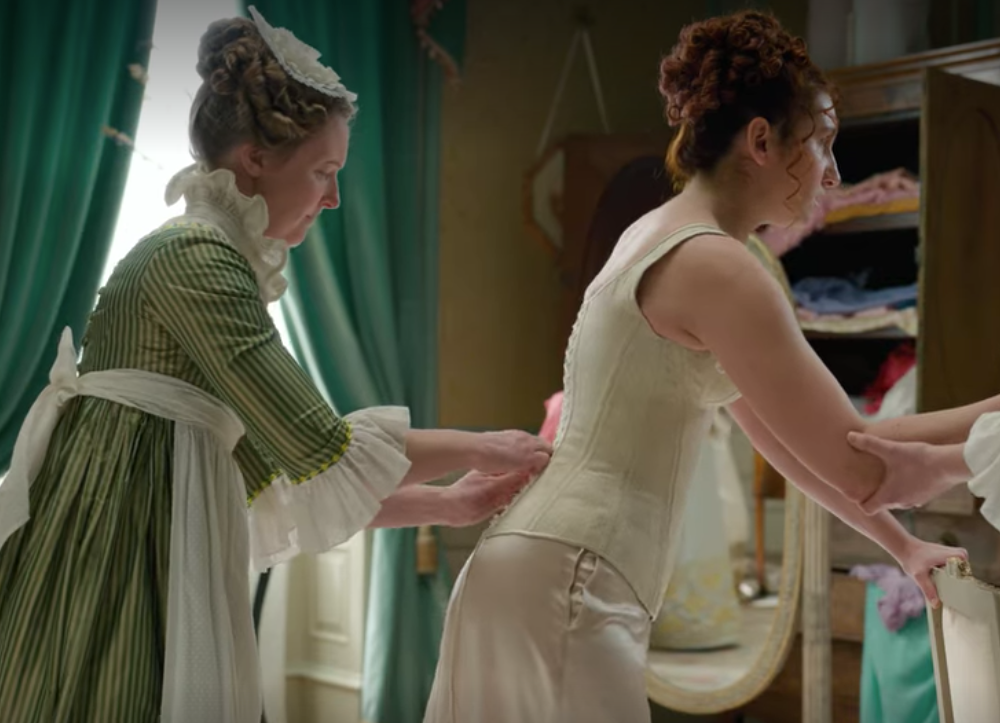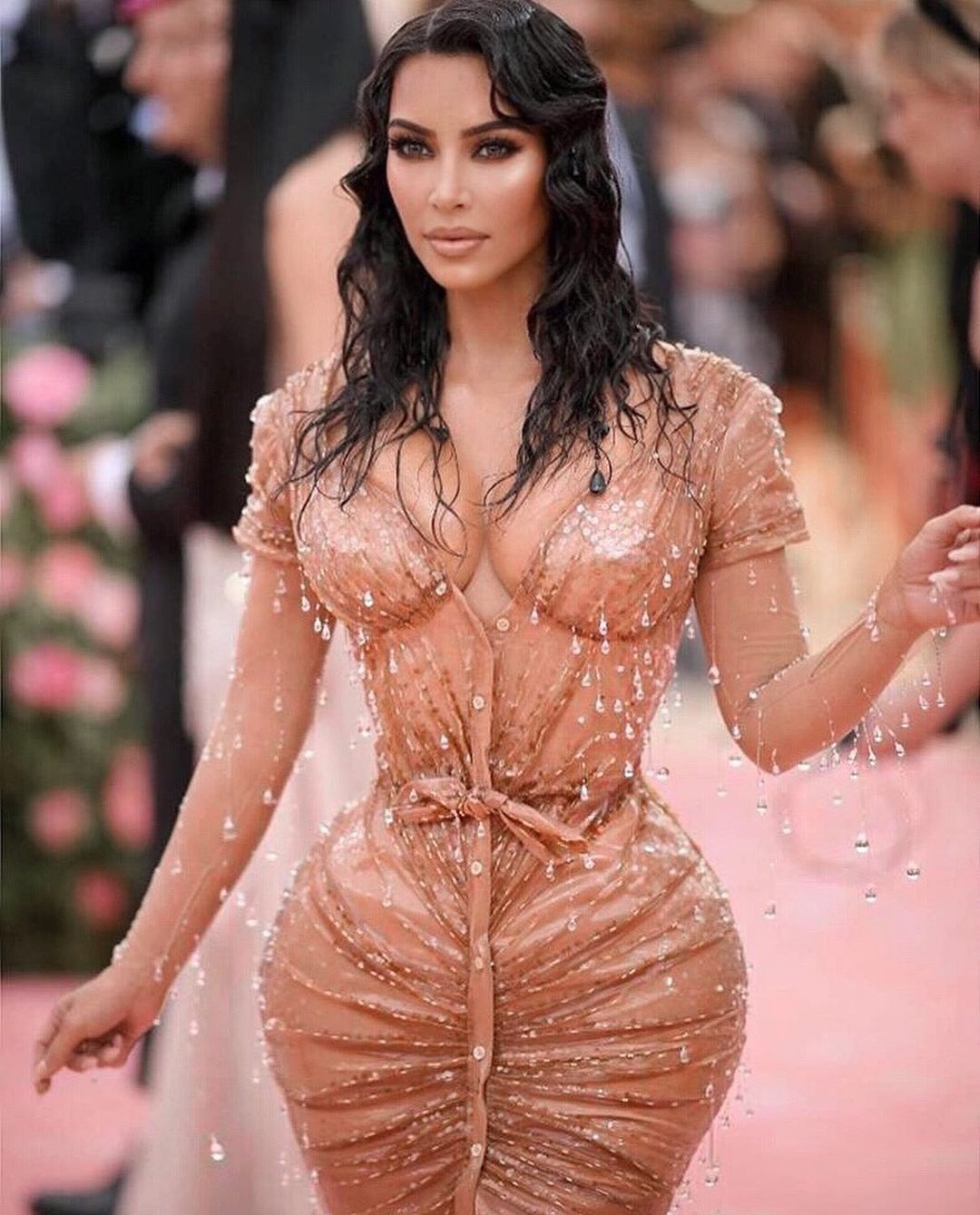
The creation of the corset dates back to the 16th century, and was a common piece of clothing worn by most women in order to accentuate their waists and achieve an hourglass figure. There have been several negative connotations associated with the corset – especially in the last few decades – and they mainly stem from the fact that the corset was an object created under the ‘male gaze,’ so that women appeared in a figure that would be more desirable by men. The controversy of the corset also stems from the fact that it can be almost unbearable to wear – just watch Kim Kardashian West getting dressed in her Mugler dress worn to the Met Gala back in 2019. “I have never felt pain like that in my life,” she told the Wall Street Journal. “I’ll have to show you pictures of the aftermath when I took it off—the indentations on my back and my stomach,” she added. So if the corset is truly as unbearable as some say and can lead to physical damage to the body, why have searches for corsets risen by 28%, according to lingerie brand Pour Moi‘s recent report?

According to the report, corsets have gained more popularity recently ever since the Netflix show Bridgerton hit our screens and won over our hearts with romantic and extravagant ballgowns that clench onto waists. Several designers have embraced the corset trend, such as Jean Paul Gaultier, Thierry Mugler, Vivienne Westwood and more recently, Dion Lee. The trend has even taken over the high-street, with brands like House of CB and even Pretty Little Thing incorporating the corset into their collections. Whilst the original corset was intended as an underwear garment, of which its entire purpose was to deceivingly accentuate the waist, today the corset has transformed itself into an outerwear garment that no longer hides under layers of clothes, but rather takes centre stage of the outfit.
This isn’t only true with the corset, but even with balconette bras and mini lace dresses that you’d normally sleep in. Underwear has turned into outerwear, and whether it may be controversial or not, the trend doesn’t seem to be going anytime soon. Maria Grazia Chiuri made Dior iconically famous for their undergarment tulle dresses that were practically worn by every fashion icon to date.
When it comes to the corset, its evolution in fashion has seemed to correlated the waves of feminism. Before any form of feminist movement came to existence, the corset was created under the male gaze of what a woman should look like. With the first wave of feminism surfacing, referring to the suffragettes of the late 19th and early 20th centuries and women’s basic rights to vote, came the slow demise of the corset. Gabrielle Chanel helped women say au revoir to the corset and confining garments, and hello to trousers and suits. She paved the way for other designers to start thinking of womenswear in a more broad term, without the strict boundaries it once had. In the 40s, Claire McCardell invented American female sportswear utilitarian fabrics, at a time when it still seemed unlady-like for a woman to play sports to some. And yet, there was still a clear resistance to the transformation and evolution of womenswear, and the definition of feminine dressing.
In the 1960s, the second wave of feminism emerged that saw a broadened debate around women’s rights when it came to sexuality, family, domesticity, the workplace, and reproductive rights. Twiggy put the notion of an hourglass figure and the corset to rest, with her slim and boyish figure. The mini-skirt was invented by Mary Quant (although it wasn’t nearly as mini as Miu Miu’s Spring Summer 2022 globally famous look) and it seemed as though the corset had officially departed.
The third wave which came in the 1990s embraced individualism in women and sought to redefine the meaning of feminism. With that being said, the corset – or other forms of body-shaping garments – started to re-emerge. The revolutionary Spanx were born, Princess Diana made biker shorts acceptable to wear in public, and crop tops became a must-have. This time, however, as well as to this day, wearing a corset or waist-clenching garment doesn’t seem as anti-feminist as it once did. This time, women aren’t wearing these uncomfortable garments for men, but rather with a female gaze. third and fourth wave feminism gave rise and focus to female empowerment, for a women’s right to decide what to wear, who to be, what to do and how to behave. And with the rise in searches of corsets, it seems like as uncomfortable as the garment may be, it has the power to empower a woman, so we’re all for it.









